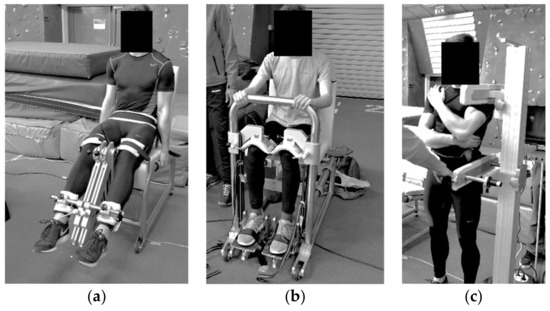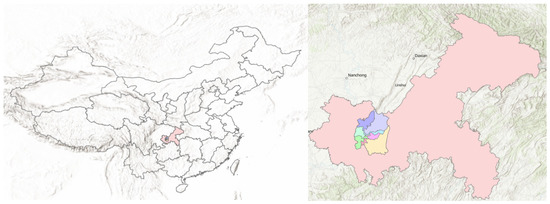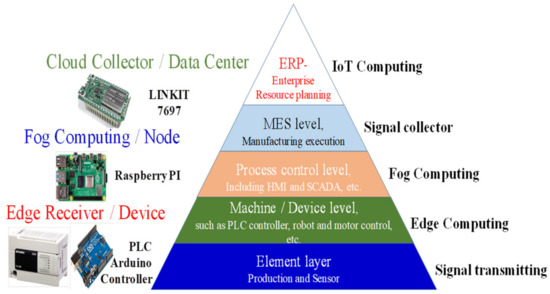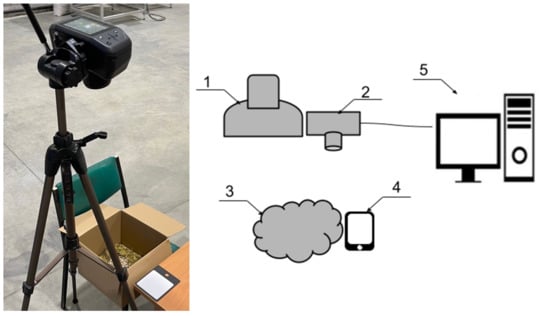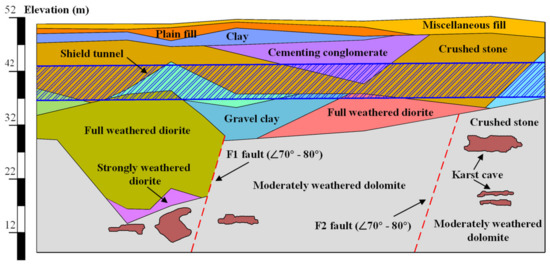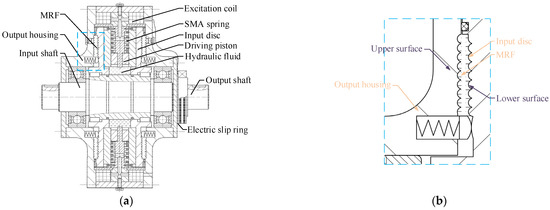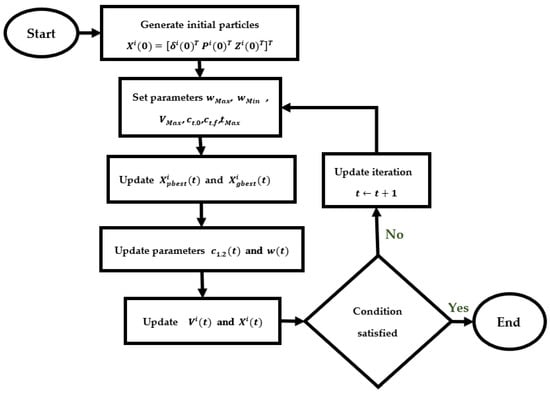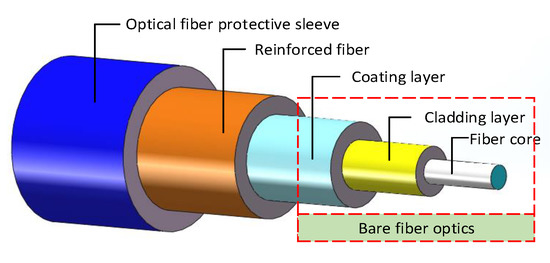Appl. Sci. 2022, 12(7), 3238; https://doi.org/10.3390/app12073238 - 22 Mar 2022
Cited by 6 | Viewed by 3300
Abstract
Patellofemoral pain (PFP) is a frequent knee condition. The aim of this study was to investigate strength, flexibility and postural control in people with and without PFP. Fifty-five participants between 14 and 54 years of age (PFP = 18, control group = 37)
[...] Read more.
Patellofemoral pain (PFP) is a frequent knee condition. The aim of this study was to investigate strength, flexibility and postural control in people with and without PFP. Fifty-five participants between 14 and 54 years of age (PFP = 18, control group = 37) were included. Strength and flexibility for all trunk, hip, knee and ankle muscle groups were measured along with postural control outcomes. Analyses were conducted based on the “affected” and “non-affected” leg within-group and between-groups. Between-groups analysis demonstrated a statistically lower strength of trunk muscles (range: 35.8–29.3%, p < 0.001), knee extensors (20.8%, p = 0.005) and knee flexors (17.4%, p = 0.020) in PFP participants. Within-group analysis proved an 8.7% (p = 0.018) greater hip internal rotation strength and ankle extension flexibility (p = 0.032) of the “affected side” in PFP participants. This was, to our knowledge, the first study to investigate the strength of all trunk muscle groups. The results indicate that participants with PFP exhibit impaired strength of trunk muscle groups, along with knee muscle deficits, which may present a rehabilitation target. Clinicians should consider implementing trunk strengthening exercises into PFP programs along with knee-targeting exercise programs.
Full article
(This article belongs to the Special Issue Musculoskeletal Rehabilitation and Clinical Biomechanics)
►
Show Figures
